Article: The diversity of cotton
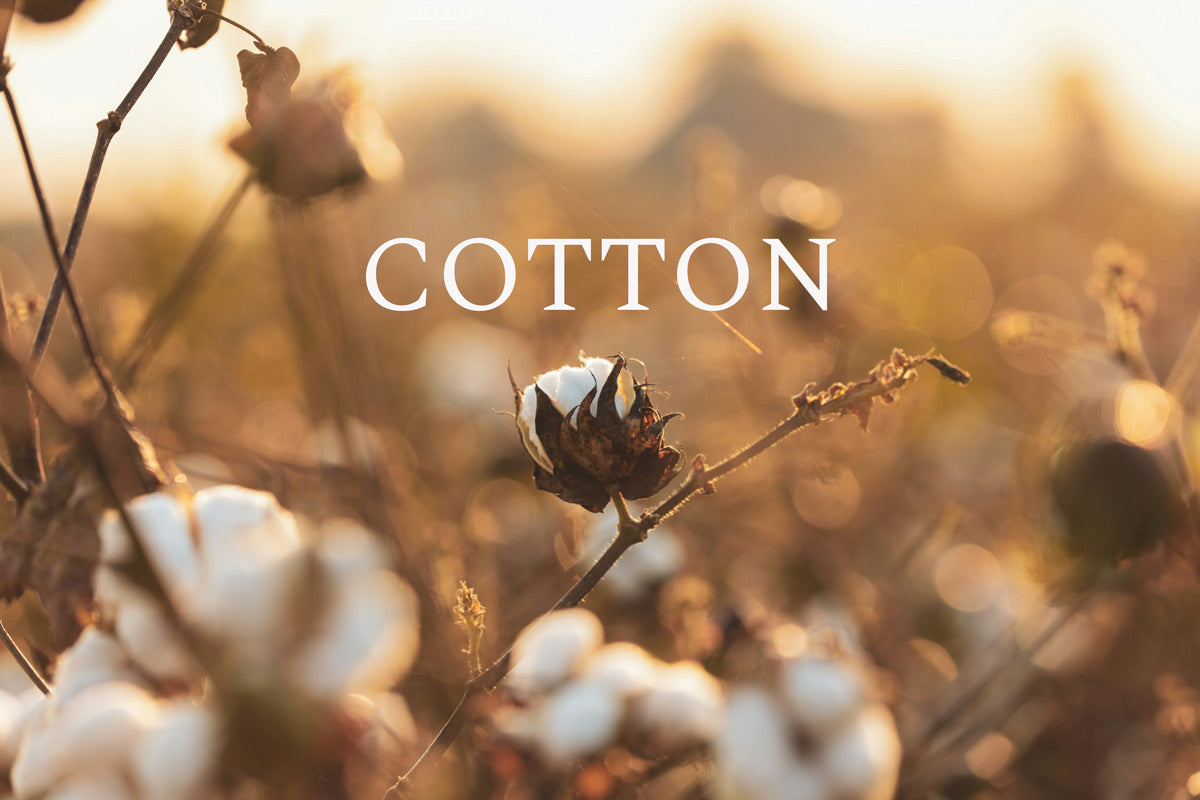
The diversity of cotton
Cotton is one of the oldest and most versatile natural fibers known to mankind. From clothing to bedding to medical products, cotton is everywhere. But not all types of cotton are the same. In this blog post we take a look at the different qualities and types of cotton, as well as the difference between conventionally and sustainably grown cotton.
The diversity of cotton species
Cotton is grown in different regions of the world and can have different qualities depending on growing and harvesting methods, environmental factors and processing techniques. The two main categories are:
- Long-staple cotton: This type of cotton has long fibers that are smooth and silky. They are known for their special softness, shine and longevity. This makes them ideal for high-quality textiles such as bed linen and clothing. However, it tends to be more expensive and harder to harvest and process due to the longer fibers. The best-known varieties include Egyptian cotton and Pima cotton from the USA. Our exclusive Greek cotton, which we use in our MANGOLA line , is also long-staple cotton.

Supreme T-shirt made from 100% Greek long staple cotton
- Short-staple cotton: In contrast to long-staple cotton, short-staple cotton has shorter fibers that are slightly coarser and less smooth. Short-staple cotton has the advantage of being easier to harvest and process, which reduces production costs. It works well for inexpensive clothing and everyday items. However, it tends to wear out more quickly and become fuzzy, which can affect its durability. The most common varieties include Upland cotton and Asian cottons.
Organic cotton vs. conventional cotton
The main difference between organic cotton and conventional cotton lies in the cultivation methods:
- Organic Cotton : Organic cotton is grown without the use of synthetic pesticides or fertilizers. Instead, natural methods such as crop rotation, composting and natural pest control are used. This leads to a healthier environment, less pollution of soil and groundwater, and improved soil fertility. It is therefore a more environmentally friendly option and may be suitable for sensitive skin types. However, it is often more expensive, less productive per area and the selection of products can be limited compared to conventional cotton.
- Conventional Cotton : Conventional cotton is often treated with synthetic pesticides and fertilizers to deter pests and increase yields. This can lead to environmental pollution, soil erosion and health problems for farmers and workers. In addition, genetically modified varieties are often grown to increase yields. However, it is usually significantly cheaper and more readily available than organic cotton.
Different types of “sustainable” cotton
There are numerous types of “sustainable” cotton that are grown according to different standards and certifications. The best-known labels include the Global Organic Textile Standard (GOTS) and the Organic Content Standard (OCS), which set strict guidelines for the organic cultivation and processing of cotton.
-
Global Organic Textile Standard (GOTS) : GOTS is one of the leading standards for the processing of textiles made from organically produced natural fibers. It defines strict environmental criteria along the entire textile production supply chain and stipulates that at least 95% of the fibers must come from organic farming. GOTS also ensures that social criteria such as fair working conditions are adhered to. Our MANGOLA organic hoodie or sweatpants , for example, are made exclusively from GOTS certified cotton.
- Organic Content Standard (OCS) : The OCS focuses on the traceability and certification of organically produced materials in end products. It ensures that a certain percentage of the materials used come from organic farming, but has fewer specific requirements for manufacturing processes or social standards along the supply chain. The OCS label is placed on products that contain a certain amount of organic fiber.
- Fair Trade Certified Cotton : This label refers to cotton grown according to the standards of the Fair Trade certification system. This primarily means that cotton farmers are paid fairly, have fair working conditions and use environmentally friendly farming methods. The Fair Trade label ensures that fair trade occurs between producers in developing countries and buyers in developed countries, improving the living conditions of farmers and their communities. Although environmentally friendly cultivation methods are also promoted, the label is significantly less far-reaching in terms of environmental requirements than, for example, the GOTS label.
- Organic cotton from specific regions : Sometimes organic cotton is also classified according to its origin or specific cultivation and harvesting methods, such as Egyptian organic cotton or rainforest organic cotton. Different organic labels can be used, but we will not go into them in detail here.
- Regenerative cotton : Unlike the more common organic cotton, regeneratively grown cotton refers to an approach to farming that aims to restore and improve soil fertility and health. While organic cotton focuses primarily on eliminating synthetic chemicals, regeneratively grown cotton aims to strengthen ecosystems and make agriculture more sustainable by naturally revitalizing soil and increasing its ability to sequester carbon. In our opinion, regenerative cotton represents the supreme discipline among organic cotton types, but unfortunately it is still very rare and only available in small quantities.
What next?
In summary, it can be said that when it comes to cotton, in addition to the quality aspects, it is also the cultivation practices that need to be taken into account. Organic cotton should be increasingly promoted because its cultivation is more environmentally friendly, fewer chemicals are used and it often offers fairer conditions for farmers. However, organic cotton is not yet widely used because it is often more expensive and difficult to grow due to higher production costs and limited availability. In addition, the transition to larger-scale cultivation of organic cotton requires time and investment in infrastructure and training. Exact percentages may vary depending on source and timing, but a rough estimate is that conventional cotton still accounts for about 95% of global cotton production. Organic cotton accounts for a single-digit percentage of the global market, although this share is growing due to increasing demand. Regenerative cotton is currently even rarer and most likely represents less than 1% of total production, although this proportion is also starting to grow.
As a brand, we are committed to not only keeping up with the times, but also setting a good example and promoting the types of cotton that are best for us, focusing on the highest quality and the strictest sustainability requirements. Even though we cannot currently offer regenerative cotton due to availability and quality reasons, we can look forward to our first products in the near future.


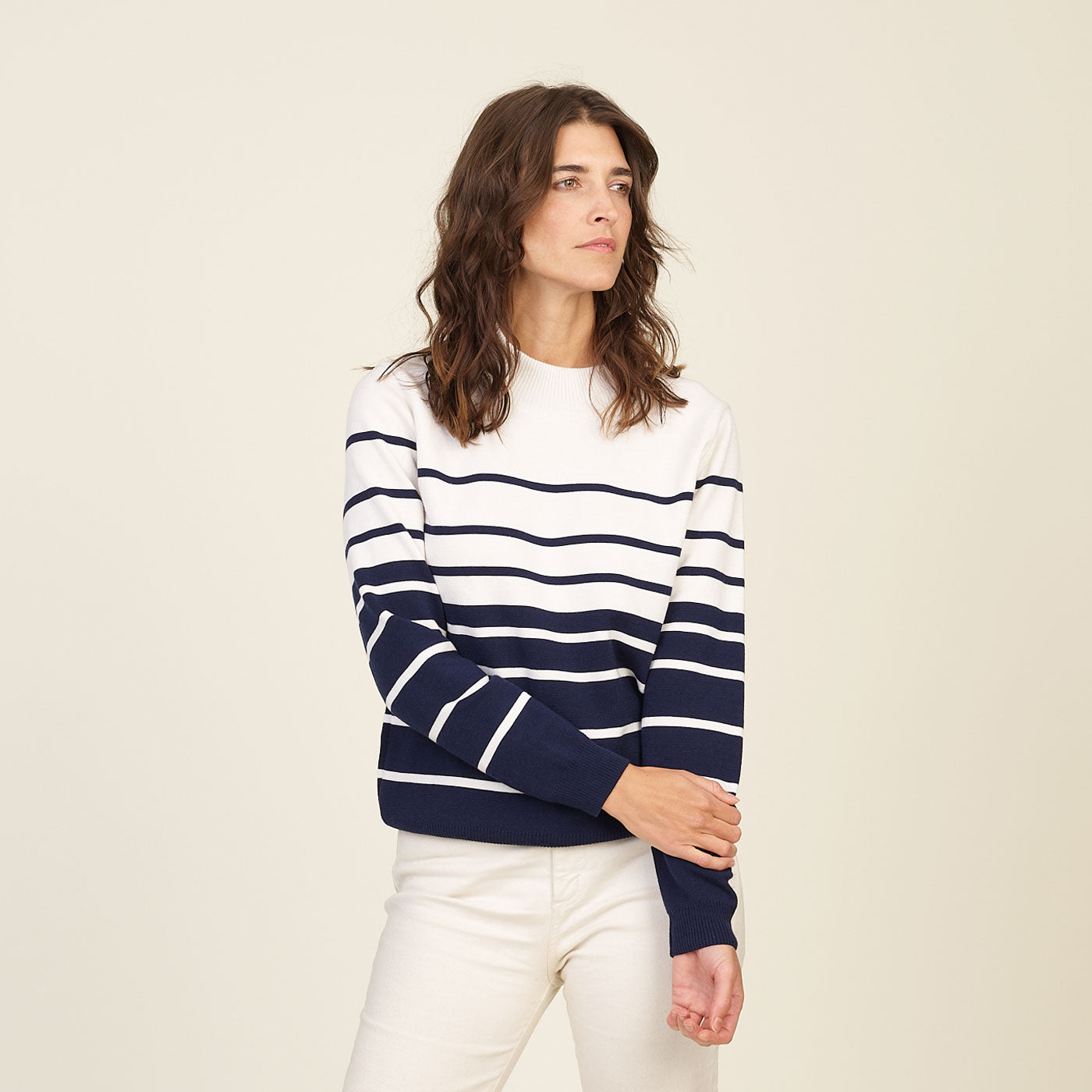

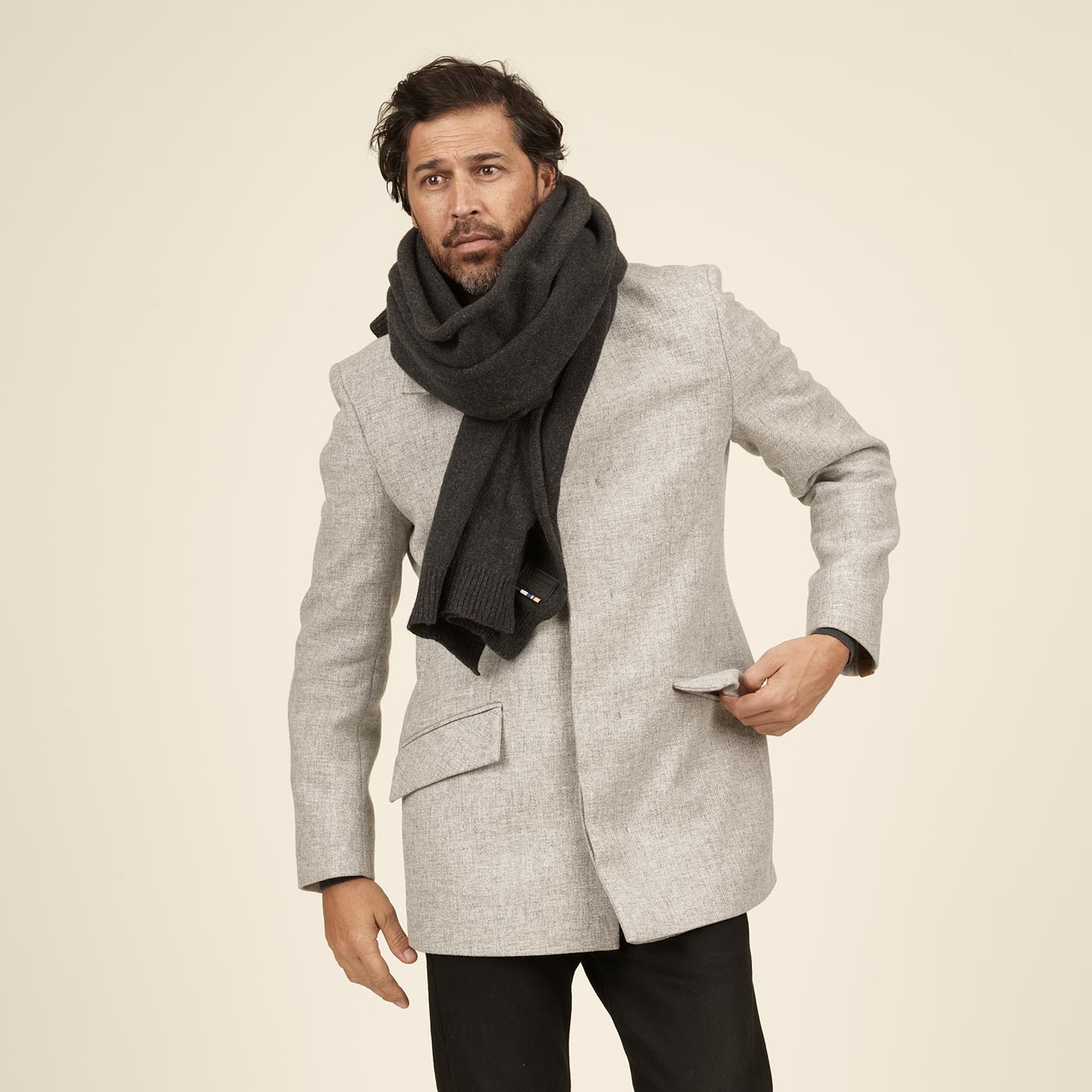


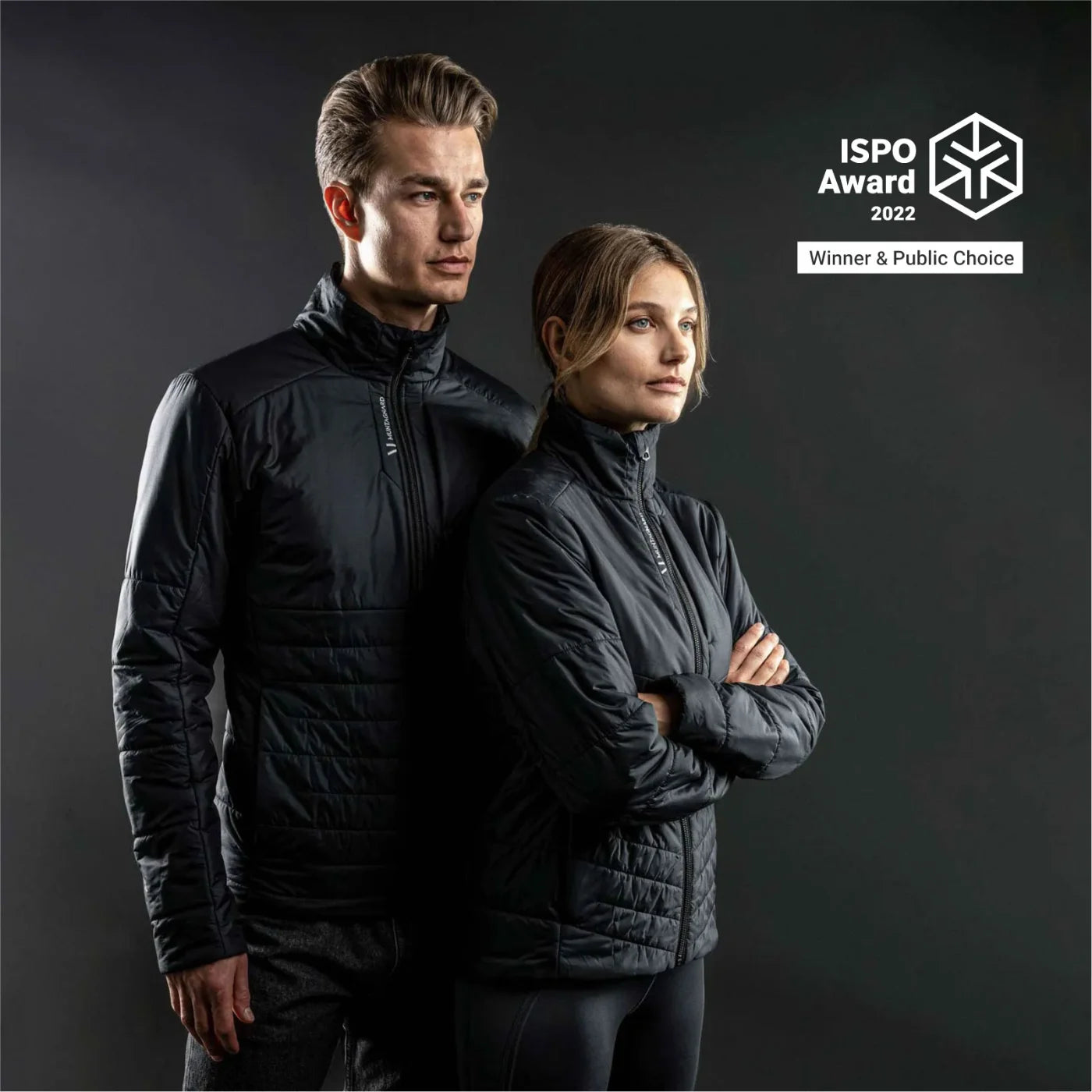

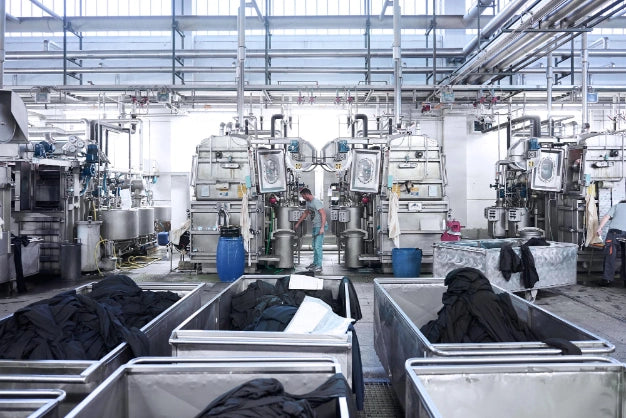
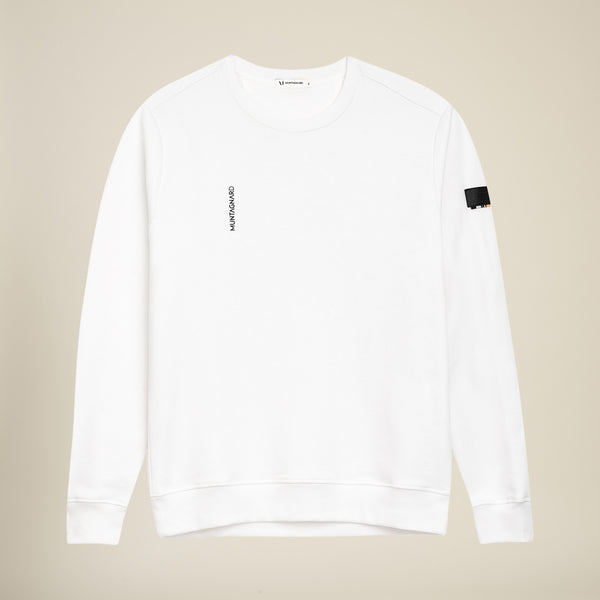


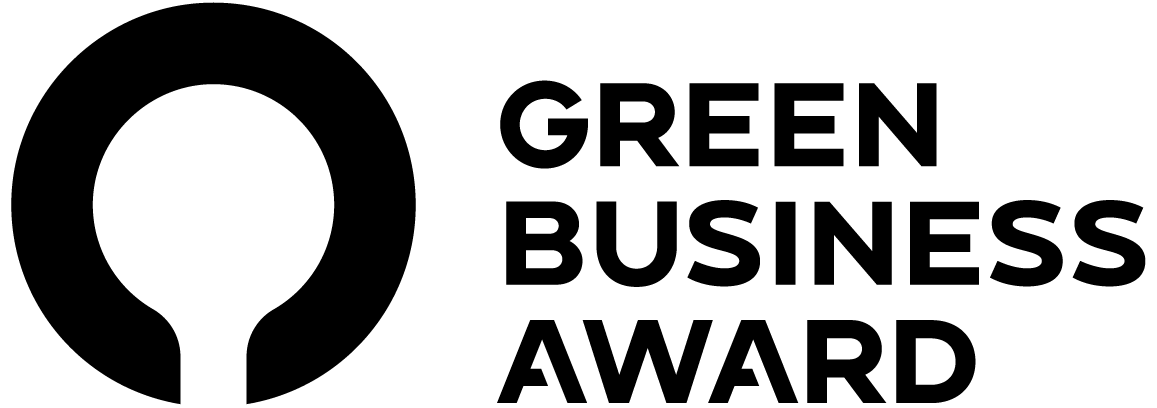

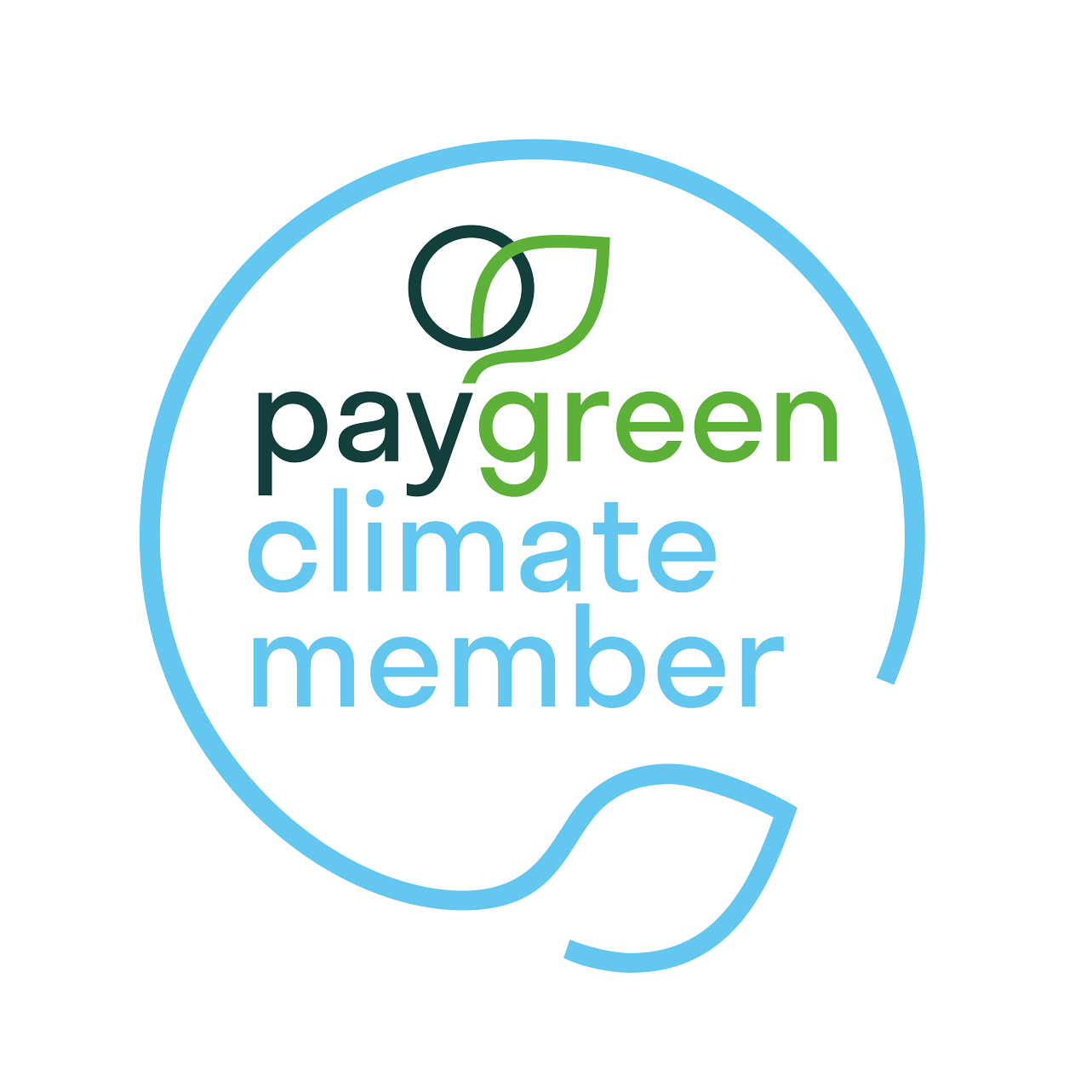

Leave a comment
This site is protected by reCAPTCHA and the Google Privacy Policy and Terms of Service apply.